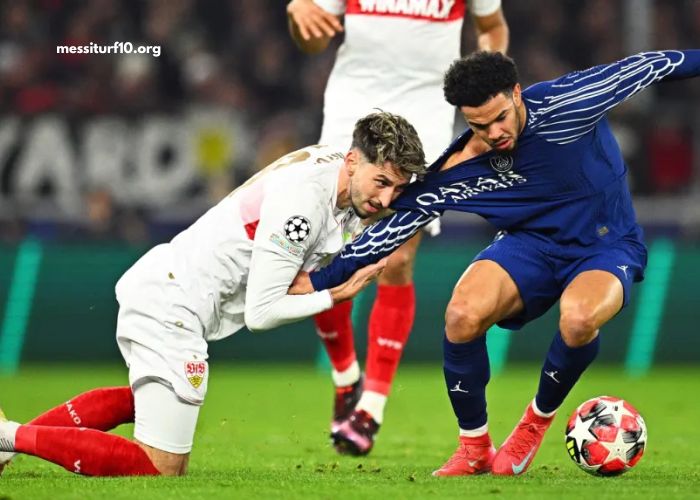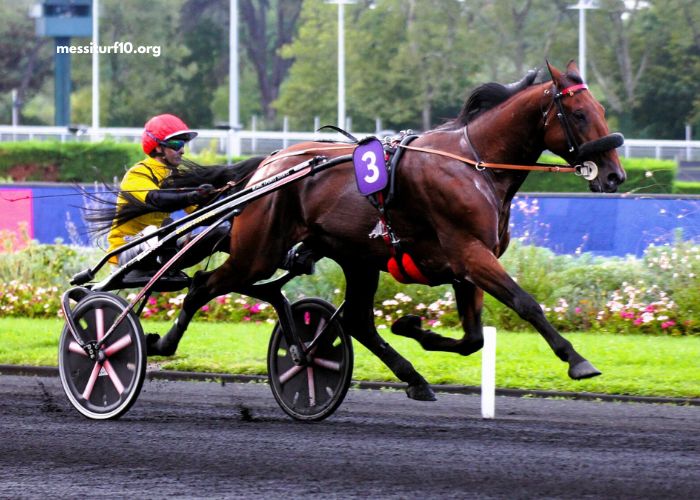Fashion, the ever-evolving tapestry of style and self-expression, has undergone a remarkable transformation over the decades. From its roots as a purely functional means of covering the body to the extravagant displays on modern runways, the journey of fashion is a testament to the dynamism of human creativity and the shifting tides of culture. This article explores the fascinating evolution of fashion, tracing its trajectory from utilitarian origins to the extravagant spectacles of the runway, and ultimately to its impact on our everyday lives.
The Birth of Fashion: Function Meets Form
Fashion, as we know it today, is a far cry from its humble beginnings. The concept of clothing as a means of protection from the elements predates recorded history. Early humans draped themselves in animal skins and plant fibers to shield against harsh weather conditions, a testament to our innate ability to adapt and innovate. However, these garments served primarily utilitarian purposes, with aesthetics playing a secondary role.
As societies evolved, so did clothing. Ancient civilizations such as the Egyptians, Greeks, and Romans began to infuse their attire with symbolism and status. The colors, fabrics, and styles of clothing became markers of one’s social standing, occupation, and even religious beliefs. Still, fashion remained relatively simple compared to the extravagant displays seen on today’s runways.
The Renaissance: Birth of Tailoring and Personal Style
The Renaissance period marked a pivotal moment in fashion’s evolution. This era saw the emergence of tailoring as an art form and a growing emphasis on individual style. Clothing began to be tailored to fit the wearer’s body, allowing for a more precise and flattering fit. The intricacies of drapery, embroidery, and fabric selection became crucial components of personal style.
One notable figure from this era who played a significant role in shaping fashion was Catherine de’ Medici. As the queen consort of France in the 16th century, she influenced fashion by popularizing the corset and introducing the use of rigid materials to shape clothing. Her impact on French fashion was so profound that it laid the groundwork for Paris’s future dominance as a fashion capital.
The Renaissance also marked the beginning of the fashion industry, with the creation of the first fashion guilds and the establishment of fashion trade fairs in major European cities. These developments laid the groundwork for the industry’s expansion in the centuries to come.
The Industrial Revolution: Mass Production and Fashion Accessibility
The Industrial Revolution of the 18th and 19th centuries forever altered the landscape of fashion. With the mechanization of textile production and the invention of the sewing machine, clothing could be mass-produced for the first time in history. This revolution democratized fashion, making stylish clothing more accessible to a wider range of people.
The emergence of department stores in the 19th century, such as London’s Harrods and New York’s Macy’s, provided consumers with a one-stop shop for the latest fashion trends. These stores offered a curated selection of clothing and accessories, turning shopping into a leisure activity and cementing the connection between fashion and consumer culture.
During this period, fashion magazines also gained popularity, disseminating style trends and advice to a broader audience. This mass communication helped standardize fashion ideals and create a more homogenous global fashion culture.
The 20th Century: Fashion’s Golden Era
The 20th century witnessed a series of dramatic shifts in fashion, reflecting the tumultuous events and changing societal norms of the era. The 1920s, known as the Roaring Twenties, introduced the world to the flapper dress and a newfound sense of liberation for women. Shorter hemlines, dropped waists, and a rejection of traditional corsetry symbolized a break from the past and the emergence of a more progressive and daring fashion sensibility.
The 1950s marked a return to a more conservative style, characterized by the hourglass silhouette popularized by figures like Marilyn Monroe and Audrey Hepburn. This era celebrated femininity, elegance, and the embrace of traditional gender roles.
The 1960s and 1970s saw fashion take on a rebellious and countercultural spirit. The miniskirt, psychedelic prints, bell-bottoms, and platform shoes defined this era’s style. Icons like Twiggy and Jimi Hendrix influenced fashion as much as they did music and culture.
In the 1980s, fashion took a maximalist turn with power suits, shoulder pads, and neon colors. It was an era of excess, fueled by the rise of consumerism and the emergence of fashion designers as celebrities in their own right.
The turn of the 21st century brought a renewed focus on individualism and diversity in fashion. The rise of fast fashion brands like Zara and H&M made trendy clothing more accessible, while the internet allowed for the rapid dissemination of style inspiration from all corners of the globe. Street style, influenced by subcultures and urban aesthetics, gained prominence alongside traditional runway fashion.
The Runway Revolution: Art Meets Commerce
The runway, a defining feature of contemporary fashion, has undergone its own remarkable evolution. While fashion shows existed in various forms throughout history, they were primarily exclusive events for the industry’s elite. It wasn’t until the mid-20th century that the modern runway show, as we know it today, began to take shape.
In 1943, the first “Press Week” was organized in New York City, aimed at attracting attention away from French fashion during World War II. This event laid the groundwork for New York Fashion Week, an event that would become a global fashion phenomenon. As fashion shows became more elaborate and theatrical, they evolved from trade events into major cultural spectacles.
The 1960s and 1970s saw the rise of iconic runway models like Twiggy and Naomi Campbell, who became household names. These models, alongside designers like Yves Saint Laurent and Karl Lagerfeld, helped elevate the runway show to an art form. The runway became a platform for designers to express their creative visions, often pushing the boundaries of convention and challenging societal norms.
In recent decades, fashion weeks have proliferated around the world, with cities like Paris, Milan, London, and Tokyo joining New York as global fashion capitals. Runway shows have become multimedia extravaganzas, with music, lighting, and set design playing pivotal roles in creating immersive experiences. High fashion has become a form of entertainment, with livestreams and social media broadcasts allowing audiences worldwide to tune in.
The runway’s influence extends beyond the fashion industry. It shapes consumer perceptions of what is stylish and aspirational. What appears on the runway today may become the must-have item in stores tomorrow, a phenomenon that has only been amplified by the rise of fast fashion brands.
The Impact on Everyday Life: Runway to Wardrobe
While the runway has traditionally been seen as a realm of fantasy and haute couture, its influence on everyday fashion cannot be overstated. The designs and trends showcased on the runway often trickle down to influence the mass market, shaping the clothes we wear in our daily lives.
One of the most significant ways in which runway fashion impacts everyday style is through the concept of “ready-to-wear” or “prêt-à-porter.” Designers create lines of clothing that are more accessible in terms of price and wearability than their haute couture creations. These ready-to-wear collections are heavily influenced by the designer’s creative vision but are designed for a broader audience.





